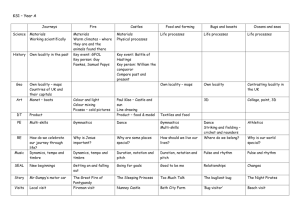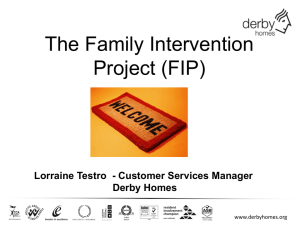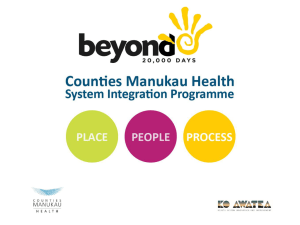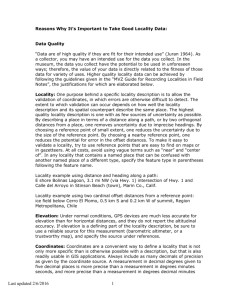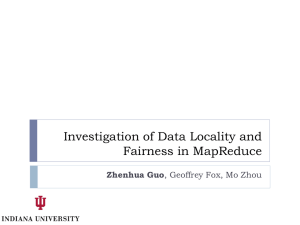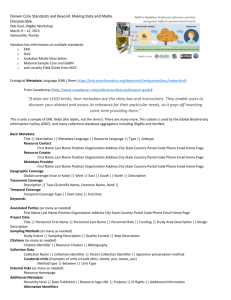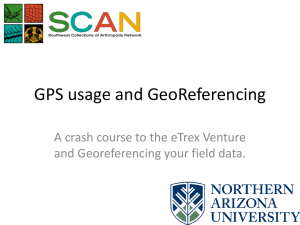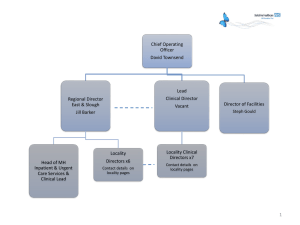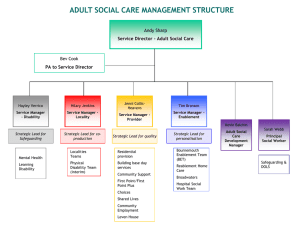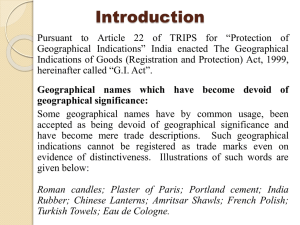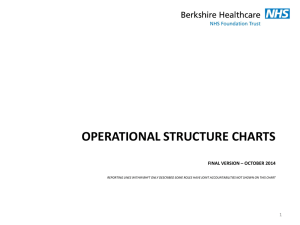Some Strategies for Helping to Locate Paleontological
advertisement
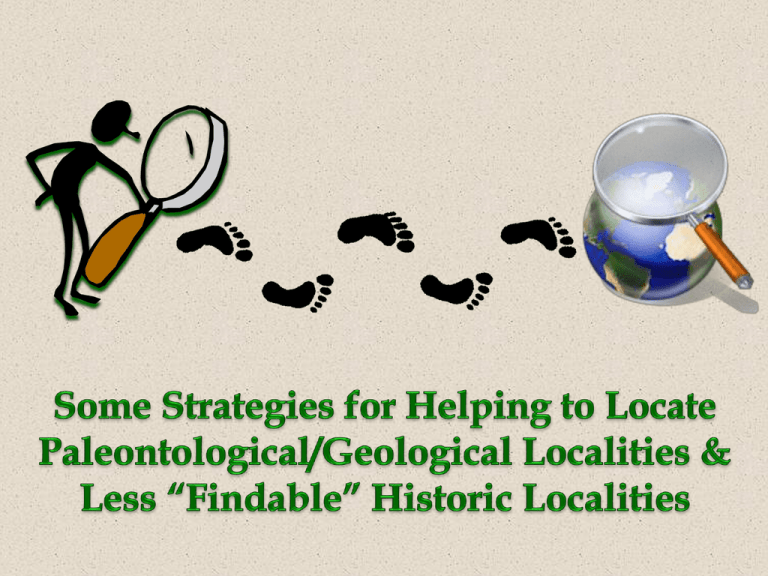
Surface Our “current” database model ties stratigraphy & age to our localities GPS 5 Locality 5 Locality 5 Formation H Formation G Locality 4 Formation F GPS 4 Locality 4 GPS 3 Locality 3 Formation E Locality 3 Formation D GPS 2 Locality 2 Formation C Locality 2 GPS 1 Locality 1 Formation B Locality 1 Formation A • Historically age & stratigraphy associated with locality (paleontological context) Some specimens are more sensitive to slight changes than others for varying reasons: • Size of specimen vs. thickness of strata Pollen Spores Ostracods/Ostracodes Microfossils • Condensed & expanded intervals “Expanded” “Condensed” Mines/Quarries Farms/Ranches Field Conferences/Society Fieldtrips Other Collection Records Distance from Points Ghost Towns/Railroad Sidings GIS Datasets Publications Public Land Survey System (PLSS) Coverages TIGERfiles (features and data derived from Census) Topographic Maps (DRGs) Aerial Photographs (DOQQs) Surface Geology Coverages Aquifer Coverages National Elevation Datasets (NEDs) Hypsography Hydrology Datasets & Coverages Landsat Imagery Etc. Maps/Gazetteers/Atlases Websites GIS Datasets must have: http://www.colorado.edu/geography/gcraft/notes/mapproj/mapproj_f.html • Projection, coordinate system, and datum • Scale • Source • Accuracy Source of Data: Robert W. Baughman's “Kansas Post Offices, May 29, 1828-August 3, 1961” “Idealized” Core Will be georeferencing to surface of well/where well permit issued for (How to account for core drift from drilling, TBA) Reserves/Bulk Locality 5 Residues Locality 4 © University of Texas @ Austin, 2000 [Color added] Locality 3 Have not determined how to handle verifying plotting correctly Macrofossils Locality 2 Locality 1 Modern example but historical records also exist GIS Datasets Points Representation of Collection Locality Lines Georeferencing Process Buffered Points Polygons Buffered Lines Buffered Polygons • • Use ArcGIS to georectify/georeference maps scanned at known scale/resolution to appropriate datum Use ArcGIS to digitize marking made by collectors and former museum workers into GIS layer(s) Scanned in Map Map Rectified to GIS GIS Processing Digitizing Features Digital Coverage of Features Illustration of Geology with Relief Field Picture Showing Outcrop © Landis, 2005 © Landis, 2005 © Landis, 2005 Relocated Terra Cotta Train Depot (now part of a museum What Shows on Topographic Map (only cemetery & a railroad marker remains) Discovered during field work Providing new source of information… that museum’s documentation of Terra Cotta Train Depot • Maps/Gazetteers/Atlases – Map title, publisher, scale, year, type, sheet/page number • Books/Journals – Title, author(s)/editor(s)/publisher, year, ISSN/ISBN/identifying numbers • Websites – Title, URL, access date • Field Notes/Labels/Written Catalog/Collection Records/Files What Mentioned What Could Have Discussed I Am Willing to Discuss My Experiences, Answer Questions, &/Or Brainstorm Possible Strategies to Locating Less Findable Localities Margaret Landis Paleobotany, Micropaleontology, & Mineralogy Collection Manager (& Experienced GIS User) Sam Noble Oklahoma Museum of Natural History



